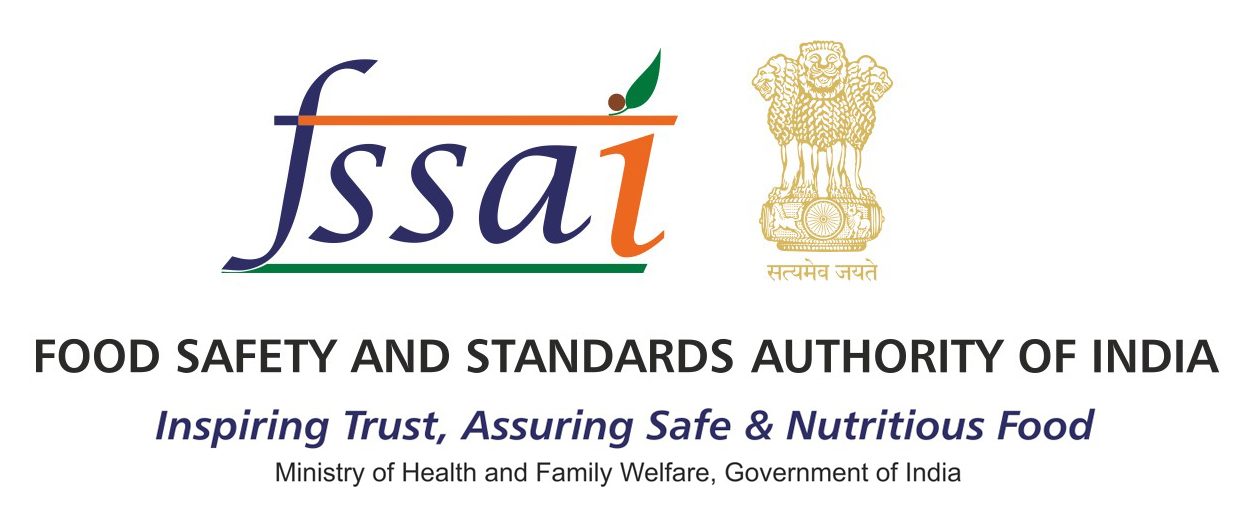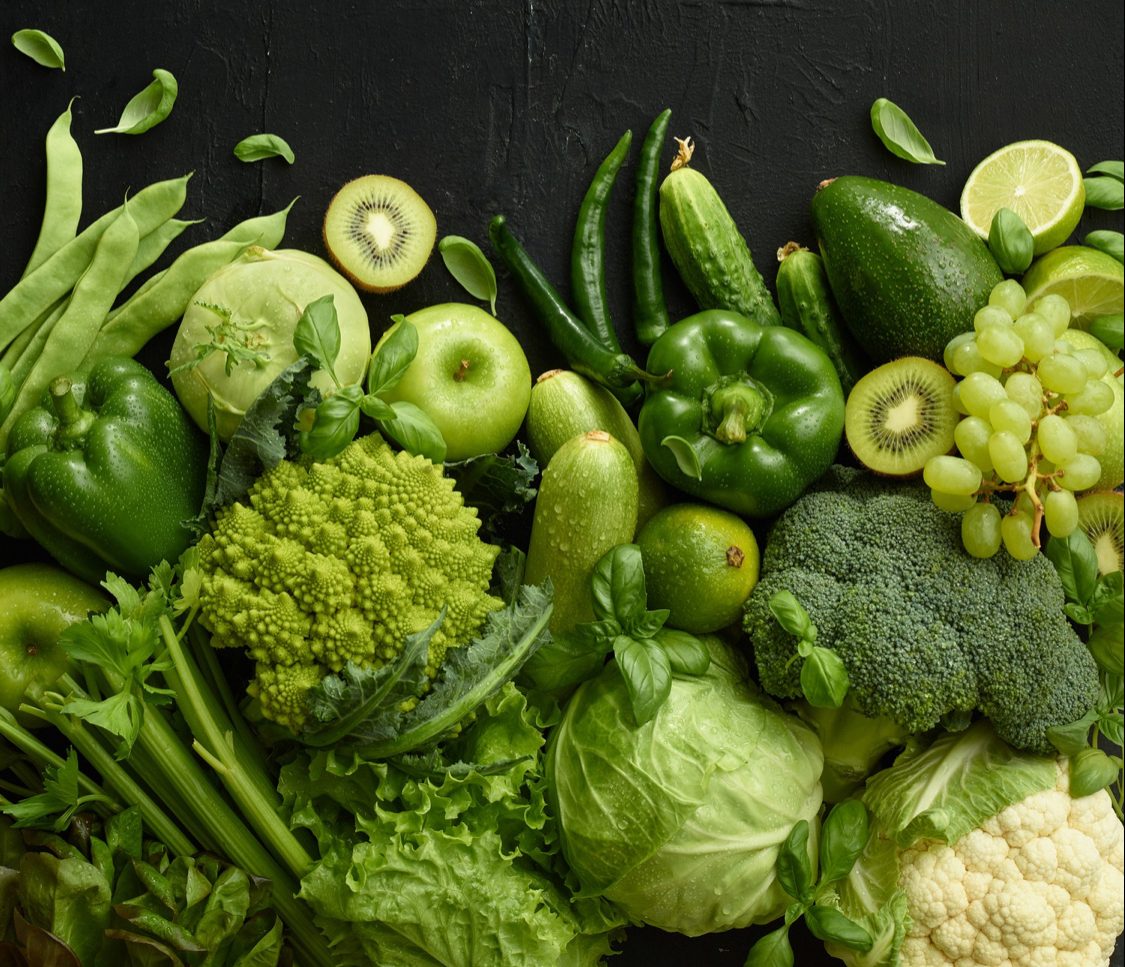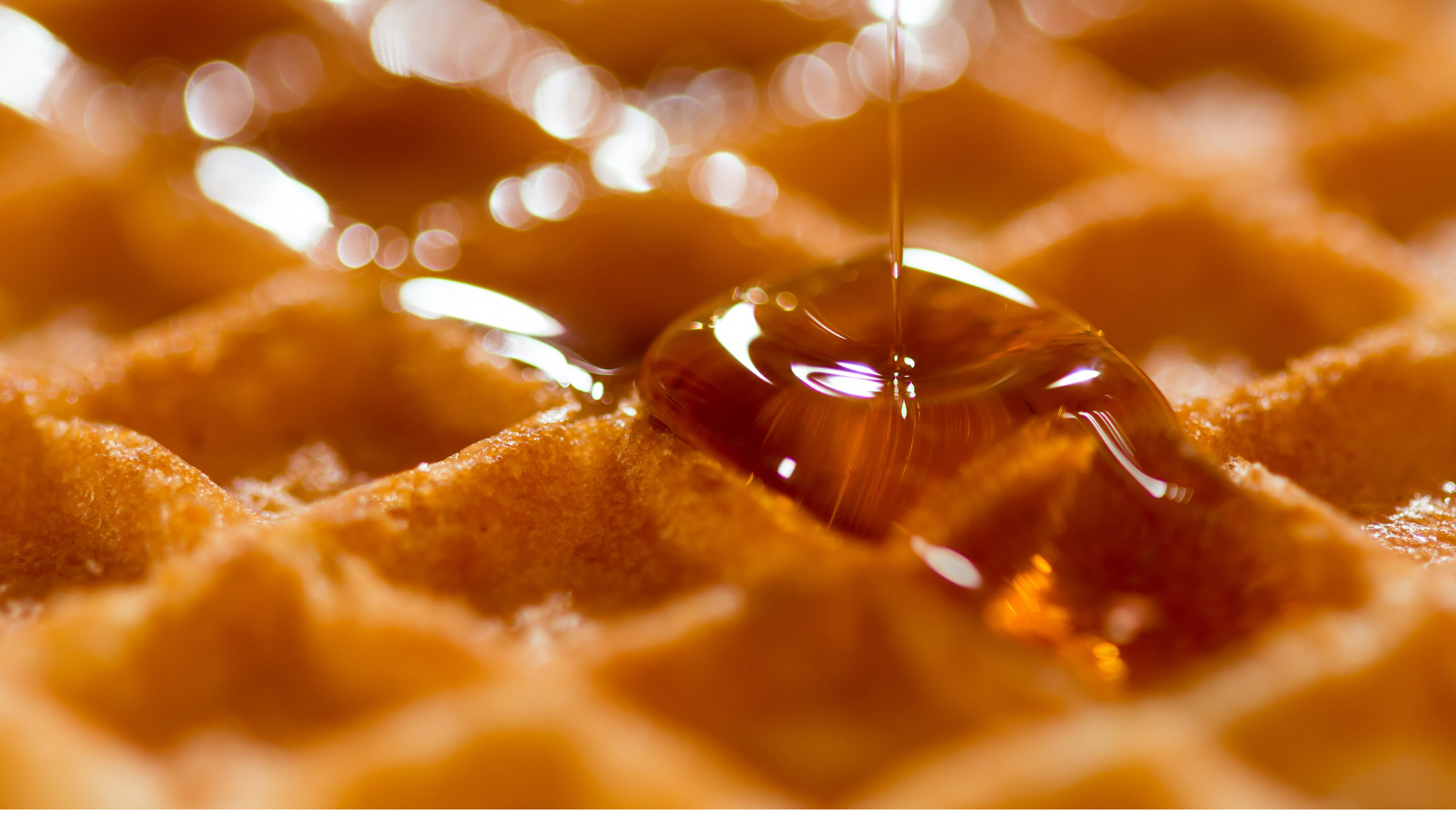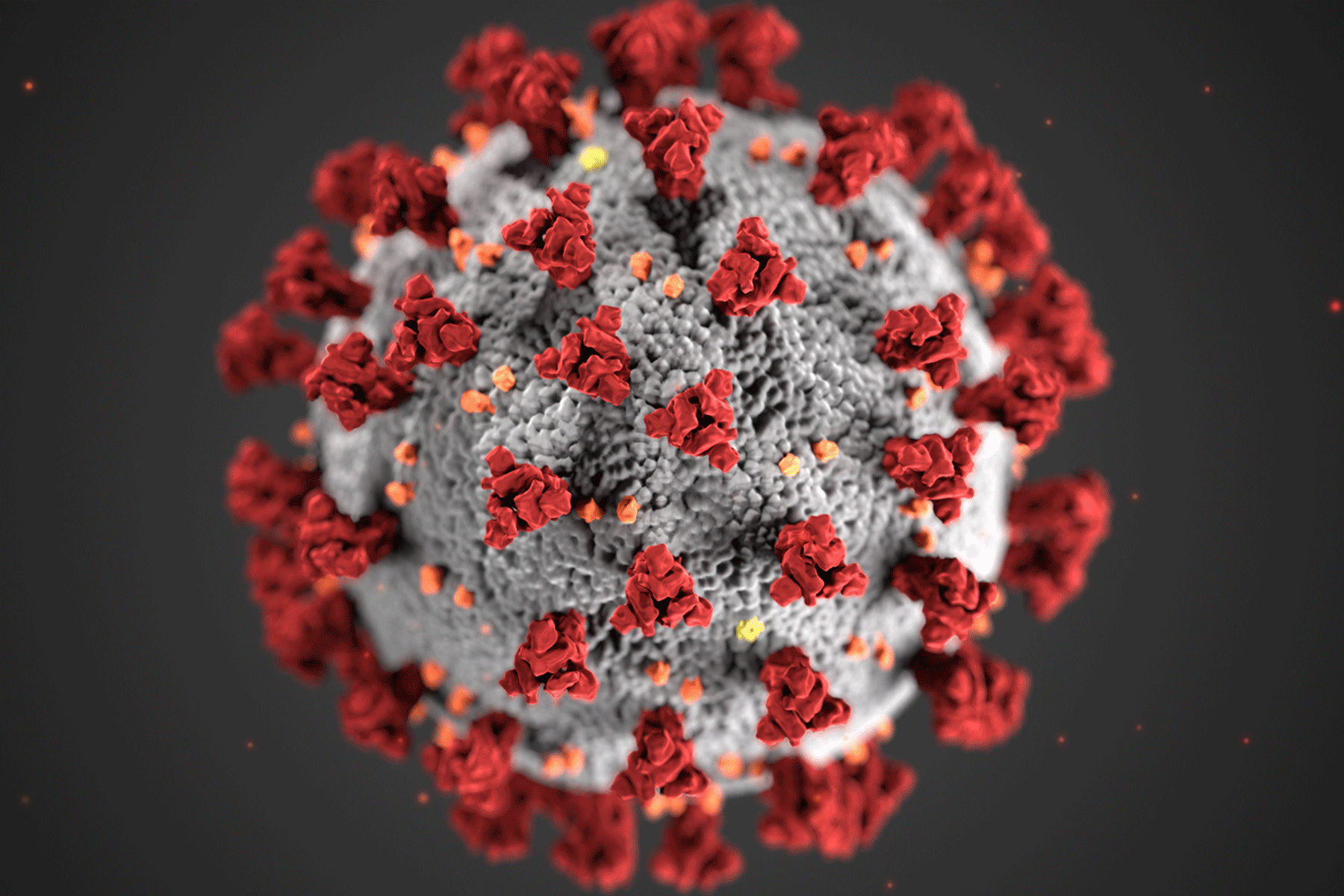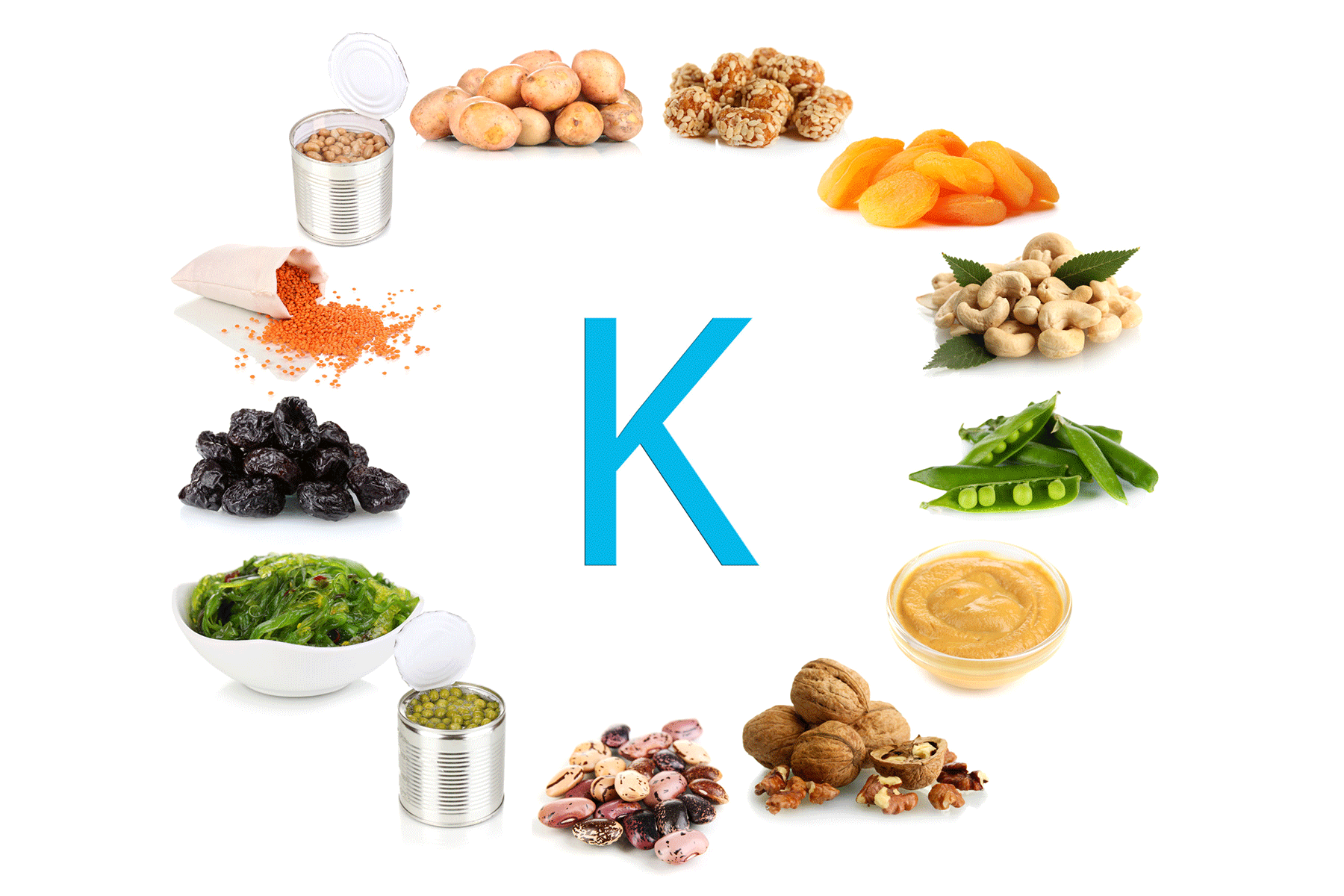Authors: Sunitha Poulose, Kochurani Abraham, & Linda Joise George
Introduction
Milk, a staple in diets across the world, is especially important in developing countries for its nutritional value. Traditionally, milk was collected in small quantities from local farms and distributed within nearby communities, which helped limit contamination risks. However, with industrialisation and increasing urban demand, the supply model has shifted to large-scale collection and distribution. This change introduces new food safety challenges, particularly the risk of contamination at the source, from infected cows, and the subsequent cross-contamination of milk from healthy animals. Poor handling practices, inadequate sanitation, and the pooling of milk without screening further heighten these risks.
Objective
This overview examines how milk from infected cows contributes to microbial contamination and how such contamination spreads through cross-contact during milking, storage, and processing. It highlights the sources, common pathogens involved, health risks posed to consumers, and essential control measures to ensure milk safety in developing dairy systems.
Method
Raw milk samples, both cow and buffalo, were randomly collected from farms, dairy shops, and street vendors. Bacterial enumeration was carried out using Indian Standard (IS) methods and food safety authority guidelines to assess the microbial load and detect pathogenic bacteria.
Key Findings
Infected cows, particularly those with mastitis, excrete pathogens such as Staphylococcus aureus, Streptococcus agalactiae, Escherichia coli, and Mycobacterium bovis into the milk. When mixed in bulk collection tanks, this contaminated milk can cross-infect otherwise clean milk from healthy cows.
Sources of contamination include:
- Unsanitized milking equipment
- Poor hygiene during milking
- Dirty storage and transport containers
- Environmental exposure to dust, soil, water, and faecal matter
Common pathogens found in contaminated milk:
- Listeria monocytogenes
- Salmonella spp.
- Escherichia coli O157:H7
- Mycobacterium bovis
- Campylobacter jejuni
Health risks from consuming such milk range from diarrhoea and abdominal cramps to more severe outcomes like meningitis, miscarriage (from Listeria), kidney failure (from E. coli), and even death in immunocompromised individuals.
Preventive Measures
- Good Animal Husbandry: Regular veterinary care, prompt treatment of mastitis, and hygienic housing conditions
- Sanitary Milking Practices: Use of clean equipment and protective clothing
- Pasteurisation: Heating milk to 72°C for 15 seconds effectively kills most harmful pathogens, including those introduced through cross-contamination. Proper pasteurisation renders contaminated milk safe for consumption.
- Cold Chain Maintenance: Storing milk below 4°C to inhibit microbial growth
- Quality Testing: Routine microbial load checks from farm to processing stages
Conclusion
Contamination from infected cows and subsequent cross-contamination during dairy operations poses a major threat to milk safety, endangering public health and consumer trust. However, pasteurisation remains a highly effective step to neutralise these risks. When conducted properly, pasteurisation can kill most harmful bacteria, making even previously contaminated milk safe for consumption. Ensuring safety from farm to consumer requires a multi-layered approach — regular animal health monitoring, hygienic practices, effective milk treatment like pasteurisation, and strict regulatory oversight. Only then can dairy systems in developing regions reliably deliver safe and nutritious milk to the public.
 Food Manifest
Food Manifest 





